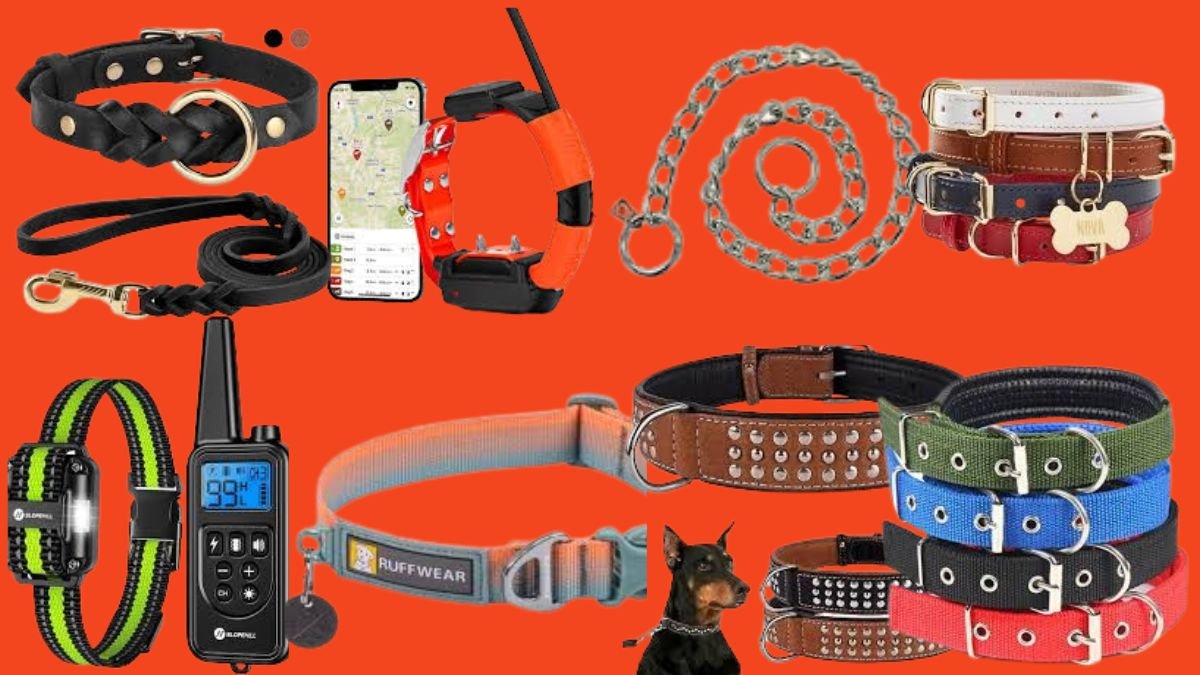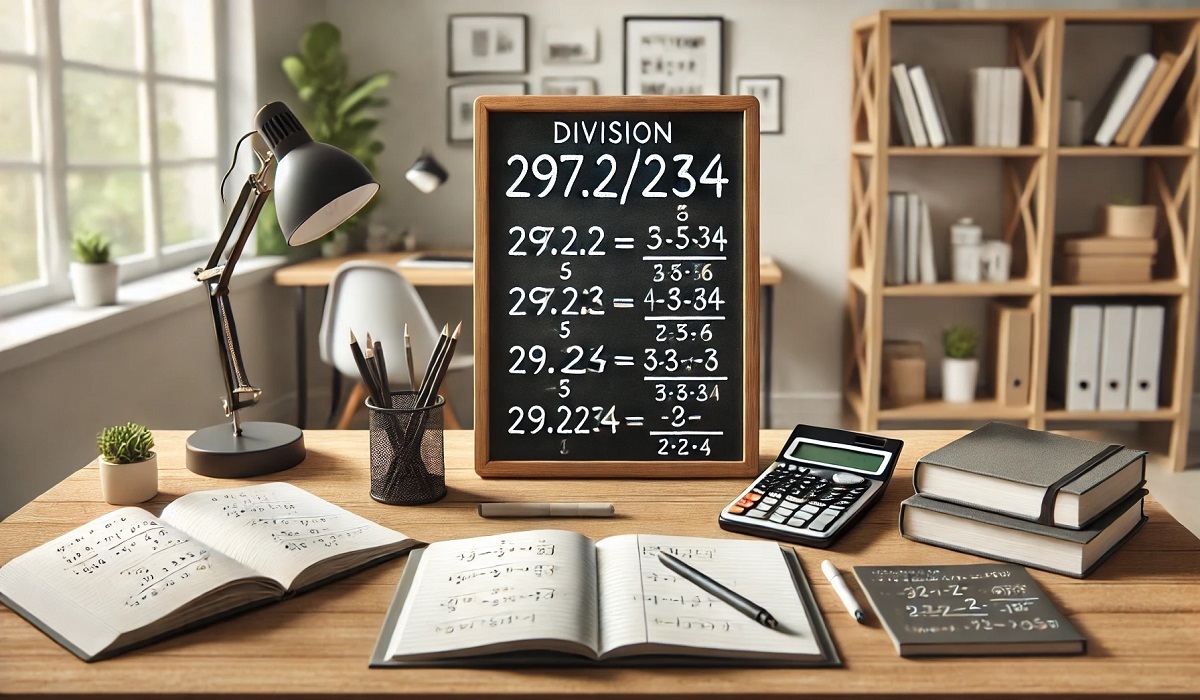Importance of Dog Collars The walk is the principal application, avoiding them wandering into dangerous places. A collar also serves as a useful location to clip identification tags, which is vital if your dog ever manages to wander off on their own. But besides that, collars are a significant training tool—teaching proper behavior without causing harm. The right dog collar is an essential and kind tool for every pet owner.
What Are Dog Collars Used For?
Dog’collars are used for more than just attaching a leash. They serve a variety of purposes that make them indispensable for dog owners. Here are some of the primary uses of dog’collars:
- Identification: Most collars come with a space to attach an ID tag. This is crucial if your dog ever runs away, as it helps return your pet to you swiftly. Microchips are great, but a visible ID tag speeds up the process.
- Training: Some collars are designed to assist in training. For instance, Martingale collars tighten slightly when your dog pulls, helping to curb this behavior. There are also electronic collars used in advanced training methods.
- Safety: Reflective collars or those equipped with lights can make nighttime walks safer for both you and your dog.
- Style and Personal Expression: Let’s face it, dog’collars come in a variety of styles and materials that allow your pet to look fashionable while being functional. Owners can choose from leather, nylon, and even eco-friendly materials, ensuring that the collar reflects their pet’s personality.
Types of Dog Collars
There are numerous types of dog’collars , each designed for different purposes. Understanding the differences between these types can help you make an informed choice when selecting the best collar for your dog.
1. Flat Collars
The most common type of collar, flat collars are simple, adjustable, and generally come with a clip or buckle. These collars are great for everyday use and are available in a variety of materials, from nylon to leather. Some even come with reflective materials for added safety during nighttime walks.
2. Martingale Collars
Martingale collars are popular for dogs with slender necks, such as Greyhounds. These collars tighten slightly when pulled, making it harder for a dog to slip out. However, they don’t choke the dog, making them safer than traditional choke chains.
3. Head Collars
Similar to a horse’s halter, head collars provide more control over a dog’s head, making them ideal for training purposes. Head collars are particularly useful for dogs that are prone to pulling on the leash during walks.
4. Choke Chains
Though controversial, choke chains are still used by some trainers for behavior correction. They work by tightening around the dog’s neck when the leash is pulled. However, these should only be used by experienced handlers, as improper use can harm the dog.
5. Harness Collars
Technically not a collar, a harness distributes the pressure from the leash across the dog’s chest and shoulders, rather than its neck. Harnesses are ideal for smaller dogs, dogs with respiratory issues, or breeds prone to tracheal collapse.
6. Electronic Collars
Electronic collars, also known as e-collars, deliver a small shock or vibration to the dog when a button is pressed. These are typically used in advanced training scenarios but should only be used under professional supervision to avoid causing unnecessary harm to the dog.
7. GPS Collars
If you have a dog prone to running off, a GPS collar might be the best option for you. These collars track your dog’s location via satellite and allow you to monitor their movements through an app on your phone.
What Kind of Collar Is Best for a Dog?
Choosing the best collar for your dog depends on a variety of factors, including your dog’s size, breed, temperament, and specific needs. Here are some tips to help you decide:
- For Training: A Martingale collar or a head collar is great for controlling your dog during walks or training sessions. These collars provide control without being overly harsh.
- For Small Dogs: Flat collars or harnesses are ideal for smaller dogs. They distribute pressure evenly and reduce strain on the neck, which is especially important for smaller breeds prone to respiratory issues.
- For Large, Active Dogs: For larger dogs or those prone to pulling, a Martingale collar or even a head collar can help provide control without risking harm. You might also consider a GPS collar if your dog frequently escapes or roams.
- For Style and Everyday Use: A simple flat collar made of leather or nylon works well for everyday use. If you frequently walk your dog at night, consider a reflective collar for added safety.
How to Measure Your Dog for a Collar
Getting the right size collar is essential for your dog’s comfort and safety. A collar that’s too tight can cause discomfort, while a collar that’s too loose can easily slip off. Here’s how to measure your dog for a collar:
- Use a soft measuring tape: Measure around the base of your dog’s neck where the collar will sit. Ensure that you can fit two fingers between the collar and your dog’s neck for comfort.
- Check adjustability: Many collars are adjustable, which allows for some flexibility. However, be sure to choose a collar that fits your dog’s current size rather than one they will “grow into.”
- Watch for signs of discomfort: Once the collar is on, observe your dog for signs of discomfort. If your dog constantly tries to scratch or remove the collar, it might be too tight or too loose.
What Materials Are Best for Dog Collars?
The material of a dog collar can affect its durability, comfort, and overall performance. Here are the most common materials used in dog’collars:
- Nylon: Lightweight and durable, nylon collars are great for everyday use. They are usually adjustable and available in a wide range of colors and patterns. However, nylon can sometimes irritate sensitive skin.
- Leather: Leather collars are known for their durability and classic style. While they may be more expensive, they are long-lasting and comfortable for most dogs. Leather collars are ideal for dogs with sensitive skin, as they are less likely to irritate.
- Biothane: Biothane collars are made from a polyester webbing that is coated with a waterproof, odor-resistant material. These collars are great for dogs that love water and outdoor activities.
- Metal Chains: While not as comfortable, metal chain collars are used for training and behavior correction. However, they should only be used by experienced handlers, as improper use can cause injury.
The Role of Dog’Collars in Training
Dog’collars play a vital role in training, from basic obedience to more advanced commands. However, not all collars are suitable for all training methods. For example, a Martingale collar can help train a dog to walk without pulling, while a head collar offers more control for larger dogs. Training collars such as choke chains or e-collars should only be used under professional supervision to avoid causing harm.
When training your dog, always ensure the collar fits properly and doesn’t cause discomfort. It’s also essential to pair the use of a collar with positive reinforcement, such as treats or praise, to encourage good behavior.
Conclusion
Choosing the right dog collar is essential for your pet’s safety, comfort, and overall well-being. With so many options available, it’s crucial to consider your dog’s specific needs, size, and temperament. Whether you’re looking for a collar for everyday walks, training, or fashion, there’s a perfect option out there for your furry friend. Remember to measure your dog correctly, opt for durable materials, and ensure the collar fits comfortably. With the right collar, you can ensure your dog is both safe and stylish.
Read More: Why Is PuppyFind the Top Choice for Dog Lovers?
FAQs
What is the best type of collar for dogs that pull?
Martingale collars and head collars are great options for dogs that tend to pull during walks. They provide more control without causing discomfort.
How often should I replace my dog’s collar?
Dog’collars should be checked regularly for signs of wear and tear. Depending on the material, most collars should be replaced every 6 to 12 months.
Can a collar harm my dog?
If a collar is too tight, too loose, or improperly used (like choke chains), it can cause discomfort or injury. Always ensure your dog’s collar fits properly and is used for its intended purpose.
Are electronic collars safe for dogs?
Electronic collars can be safe if used correctly and under professional guidance. However, they should never be used as a primary training tool without understanding how they work.
What material is best for a waterproof collar?
Biothane collars are the best option for waterproof collars. They are durable, odor-resistant, and ideal for dogs that love water activities.
Is it necessary for my dog to wear a collar all the time?
While your dog needs to wear a collar when outside or in public, it’s okay to remove it when they’re inside the house. Just make sure the collar is put back on before going outdoors.





